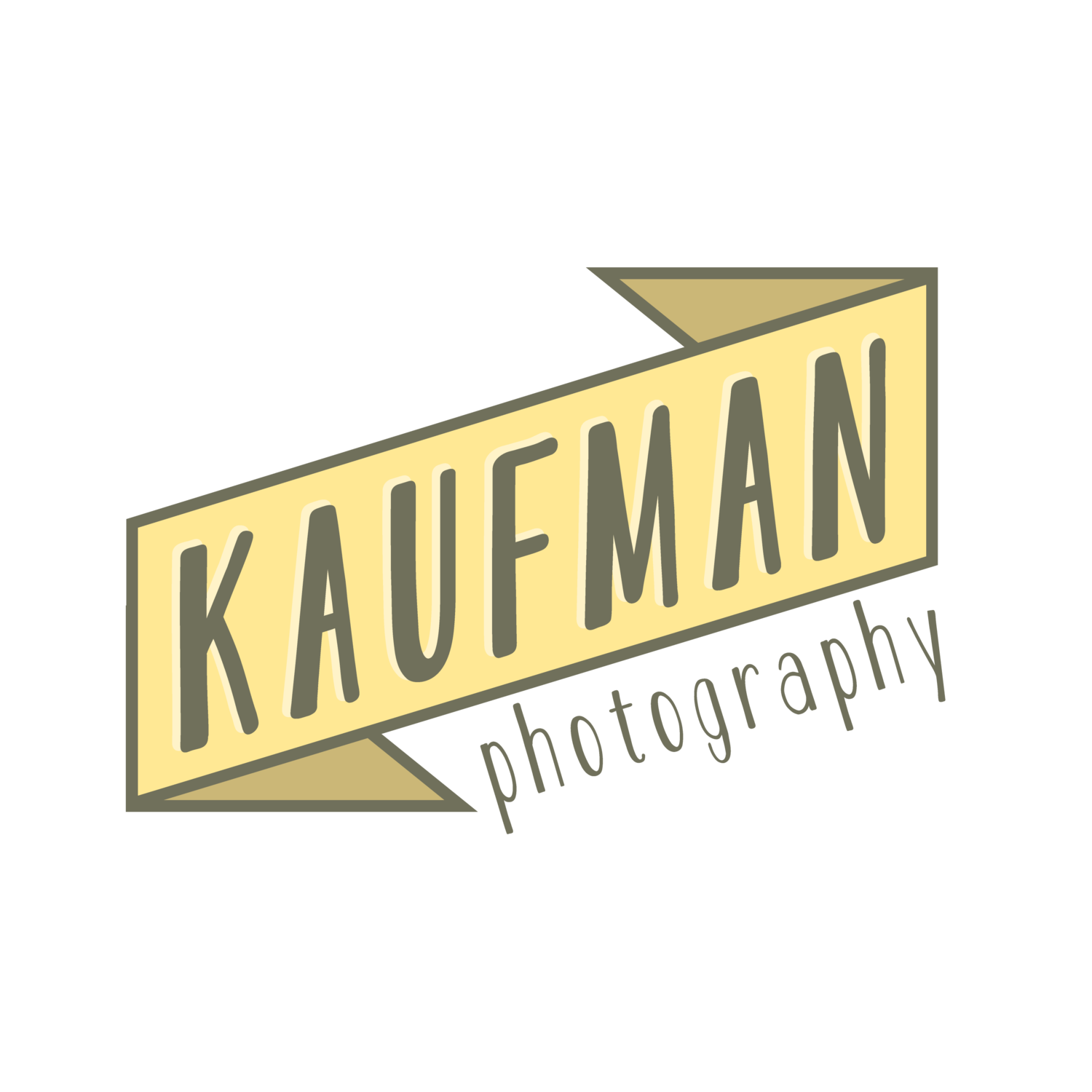My Aunt Linda and I were walking around downtown San Diego looking for a good place to grab a bite to eat... okay...okay... I dragged my Aunt Linda downtown so I could shoot some photography and finding a good place to eat was a bonus. :) Excellent Sushi in San Diego by the way... We started out at Horton Plaza and walked around Market Street and the Gaslamp District in downtown San Diego. I've probably been to this city 20 times since my grandparents moved out here when I was a little kid, and truth be known, I had never walked around the actual downtown area. My family would always wind up going to Seaport Village, or a theater in a specific area of downtown, but I had never just walked around the city. San Diego in recent years has been on a campaign to revitalize the downtown area. They've built numerous high-rise apartment buildings, a baseball stadium (Petco Park) as well as an elaborate trolley system to link the outlying suburbs to the metro area. Luckily, my Aunt an I arrived downtown just as "magic hour" was about to take place. Being close to winter, the sun is setting here at about 5:00PM, so it's nice to get an early start on great skyline photography. I can't wait to show you all the series of shots that I was able to come up with. I wanted to take some time and explain how I shot them so if you get a chance to visit a cool city yourself, you can go out and look for some of interesting things to photograph.
Now, when I shoot HDR (High Dynamic Range) photography, I'm looking for certain things. It takes time and patience to create an HDR, so I only want to shoot things that I know will turn out well when I'm post-processing my images.
First, I like to wait until I have an interesting sky. I think that clouds work best for this, especially in the late evening when clouds pick up the bright reds and oranges of the setting sun. However, sometimes (most of the time in San Diego) you don't have any clouds. When this happens, you really have to wait much later in the evening to pick up some great color. I'll be honest that a Photoshop guru can certainly make the sky whatever color they want, but to be a purist, I am doing very little color enhancement to the sky in the series I'm going to show you.
To see some great examples of HDR photography that will blow your mind, check out Ben Willmore's site: http://thebestofben.com/
I love angles, textures, and perspective. When you combine these elements with great color, it can be a winning combo for a great image. The reason I like to shoot HDR is because it looks surreal. You can see what your eyes would see if your brain could process the lightest of the light and the darkest of the dark all at once. Since you don't see that way, multiple exposures from your camera will show you what you're "missing". In the late evening, I like to shoot 5 exposures. This is known as "bracketing". The textbook definition is: "An exposure technique to assure an accurate, or preferable, exposure. I like to compose my shot at proper exposure first, or even 1 stop below "proper" exposure. I think going 1 stop of light below helps to bring out richer colors, plus the way-over exposed shots don't get you much in post-processing. Next, I set my camera to shoot -2, -1, +1, +2 exposures of the exact same shot. Basically, 2 stops below, 1 stop below, 1 stop above, and 2 stops above "proper" exposure. What this is doing is allowing your camera to capture the darkest darks and the lightest lights. This is allowing you to capture as much contrast (the differences between the light and dark portions of your image) as possible.
Notice that in this HDR, you can see the full range of color in the windows. The darkest blues, as well as the brilliant teals, are combined to show the gradual change in color from the horizon to the sky. In addition, notice how you can see detail underneath each balcony all the way up the building. This is because the over-exposed shots were combined with the under-exposed shots to get you both detail and color.
This is an example of how you can accentuate features of a building using HDR. I love the lines and symmetry in this image. The sconces on the side of the building look like they're on fire. I love how the trees and the arches draw your eyes into the image. I feel like I could just keep looking higher and higher.
I'll be posting some HDR images throughout the week, as well as show you some before and after processing images, so you can get a sense of what I'm doing. I hope you like the shots... there's definitely more to come!
-Steve




